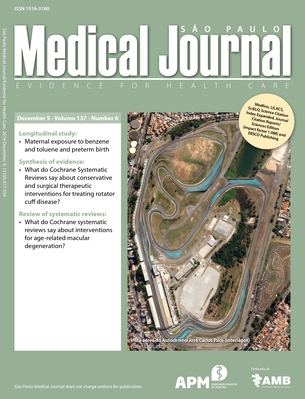Clone journals
a threat to medical research
Downloads
Referências
Jalalian M, Mahboobi H. Hijacked journals and predatory publishers: is there a need to re-think how to assess the quality of academic research. Walailak Journal Science and Technology. 2014; 11(5):389-94. doi: 10.14456/WJST.2014.16. Available from: http://wjst.wu.ac.th/index.php/wjst/article/view/1004/385. Accessed in 2019 (Dec 15).
Jalalian M. Hijacked journals are attacking the reliability and validity of medical research. Electron Physician. 2014; 6(4):925-6. PMID: 25763169; doi: 10.14661/2014.925-926.
Dadkhah M, Sutikno T, Jazi M, Stiawan D. An introduction to journal phishings and their detection approach. Telkomnika. 2015;13(2):373-80. doi: 10.12928/telkomnika.v13i2.1436. Available from: http://journal.uad.ac.id/index.php/TELKOMNIKA/article/view/1436/pdf_166. Accessed in 2019 (Dec 15).
Dadkhah M, Borchardt G. Hijacked Journals: An Emerging Challenge for Scholarly Publishing. Aesthet Surg J. 2016;36(6):739-41. PMID: 26906349;doi: 10.1093/asj/sjw026.
Bohannon J. How to hijack a journal. Science. 2015;350(6263):903-5. PMID: 26586744; doi: 10.1126/science.350.6263.903.
Predatory or Deceptive Publishers – Recommendations for Caution. Available from: https://www.councilscienceeditors.org/resource-library/editorial-policies/csepolicies/approved-by-the-cse-board-of-directors/predatory-deceptive-publishers-recommendations-caution/. Accessed in 2019 (Dec 15).
Downloads
Publicado
Como Citar
Edição
Seção
Licença

Este trabalho está licenciado sob uma licença Creative Commons Attribution 4.0 International License.





